#TrysKits work
Text
Feb. 2012: Misc. Photos, pt. 1




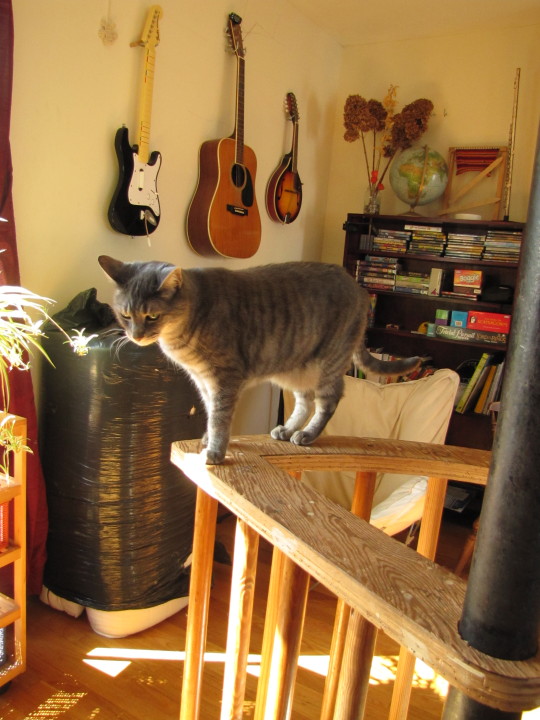
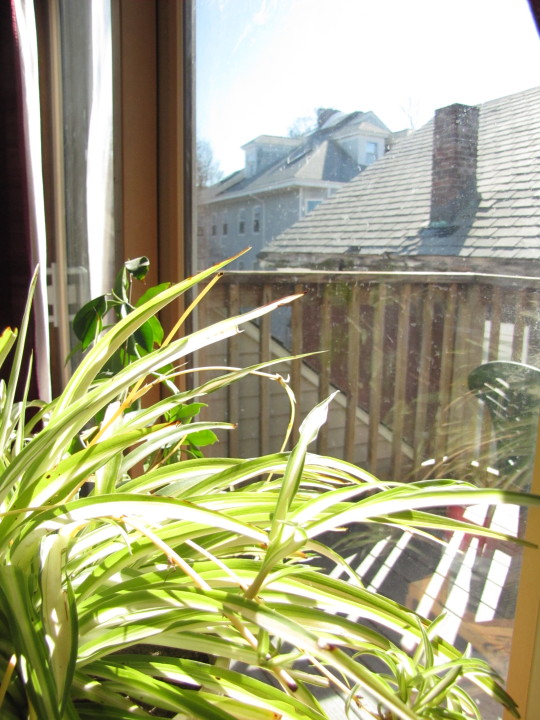



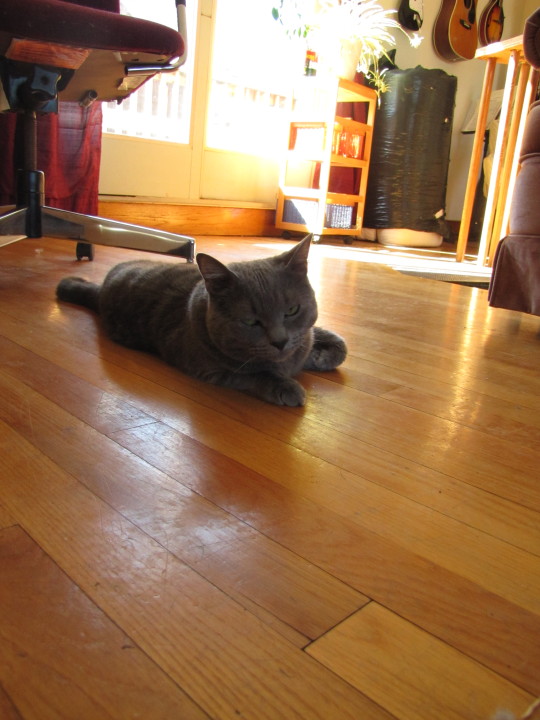



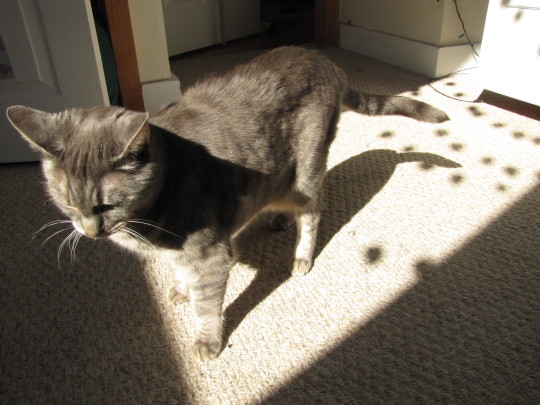

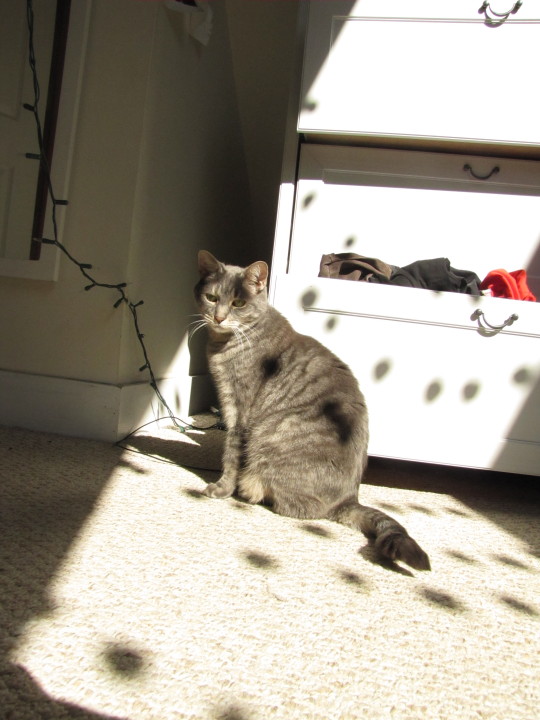





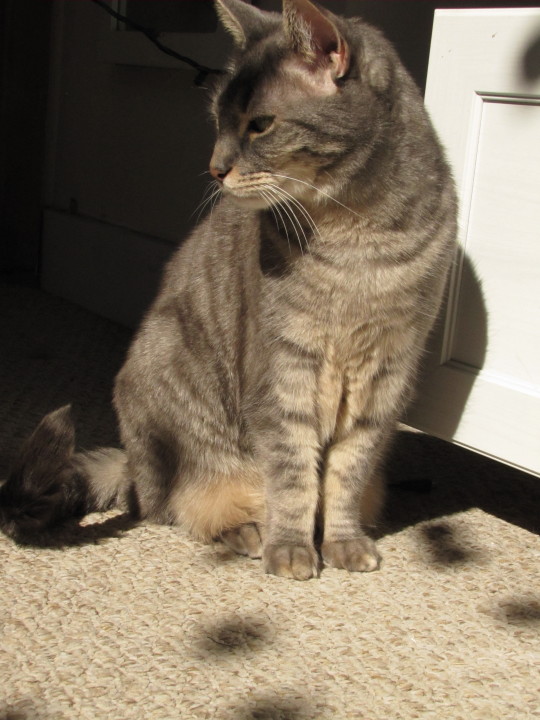
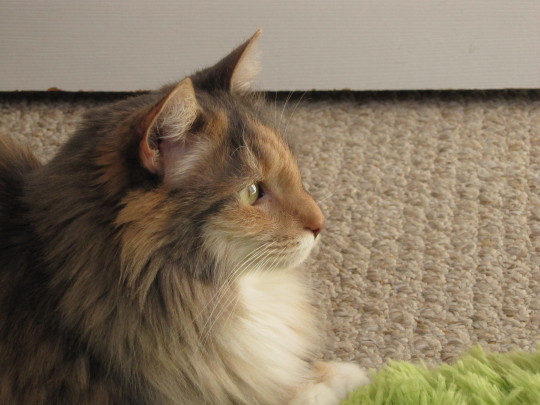



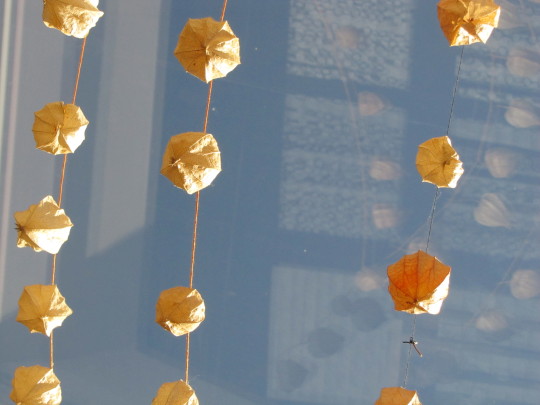



I think this was a day when I was home alone and bored and rolling on the floor with the cats, basically. The lighting was nice. I probably felt sentimental about eventually leaving CatHaus.
Cosmo (tabby) and Chloe (tortoise shell) were siblings.
7 notes
·
View notes
Text
#motivateyourself#get motivated#motivation#studywithme#study aesthetic#study motivator#study motivation#motivacional#life quote#motivatingwords#motivatedmindset#exam season#board exams#poems and quotes#reading#dark academia#indie#study tips#study hard#tryskits work
2 notes
·
View notes
Text

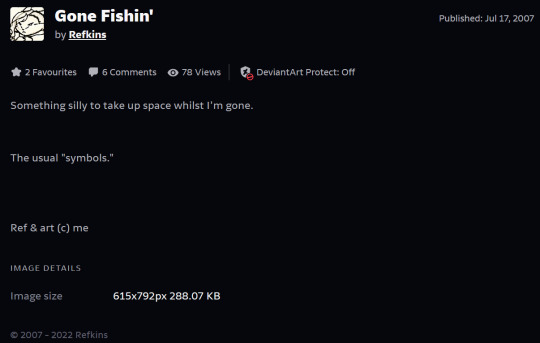
This is archival. You can find my current work @tryskits

#deviantArt archive#art archive#TrysKits work#illustration#sketch#oc art#old art#original character#self portrait#me#Refs#furry#anthro#fursona#fish#mild nudity#00s#2007#Age 16#I was going to art camp
10 notes
·
View notes
Text
May 2010 Photos, pt. 2

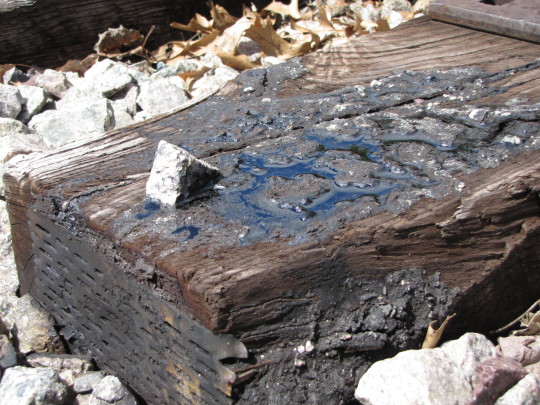
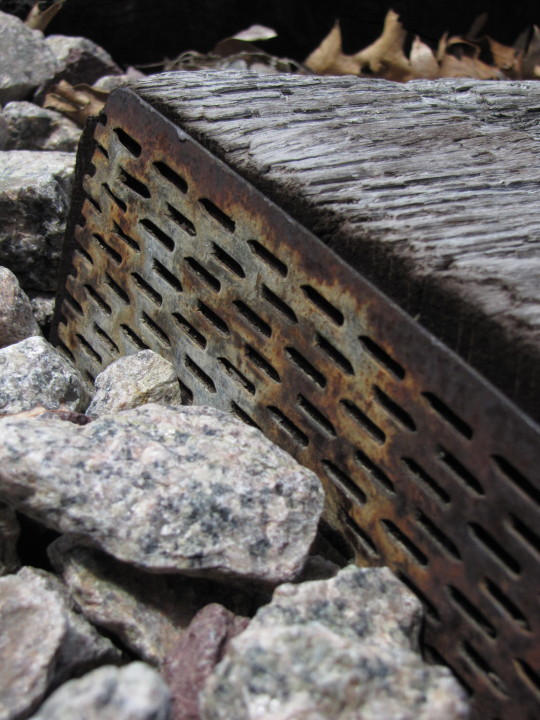















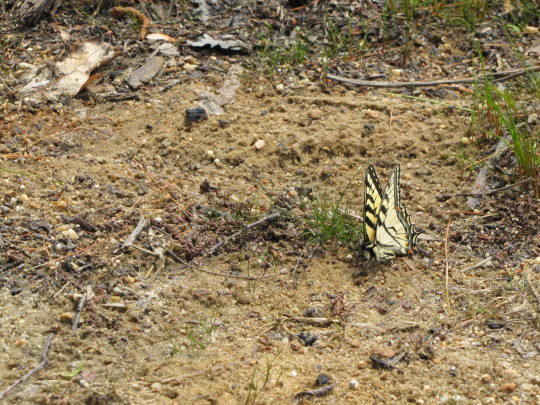
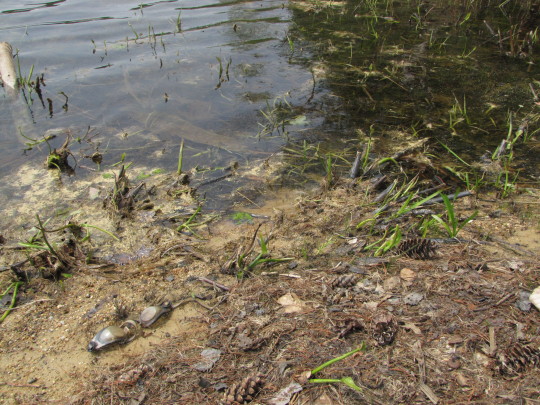

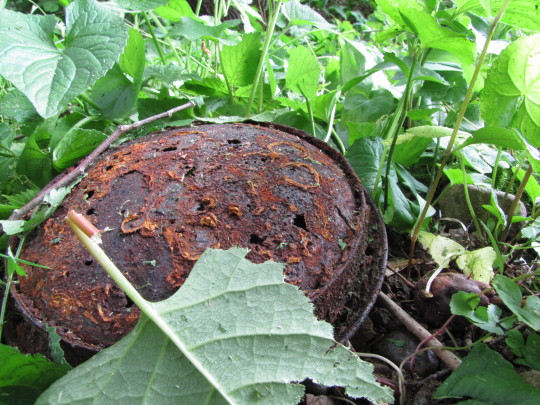


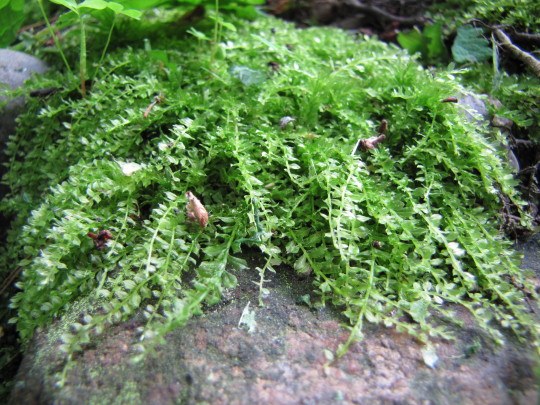



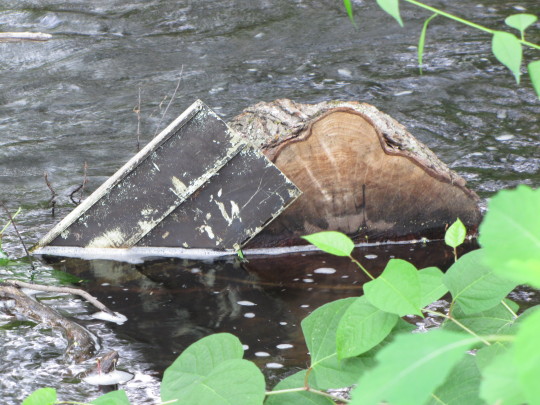

7 notes
·
View notes
Text
June 2008 Extra
One of the things scanned later, I think, but it looks like it fared better on the hard drive that lost data and had to be recovered.
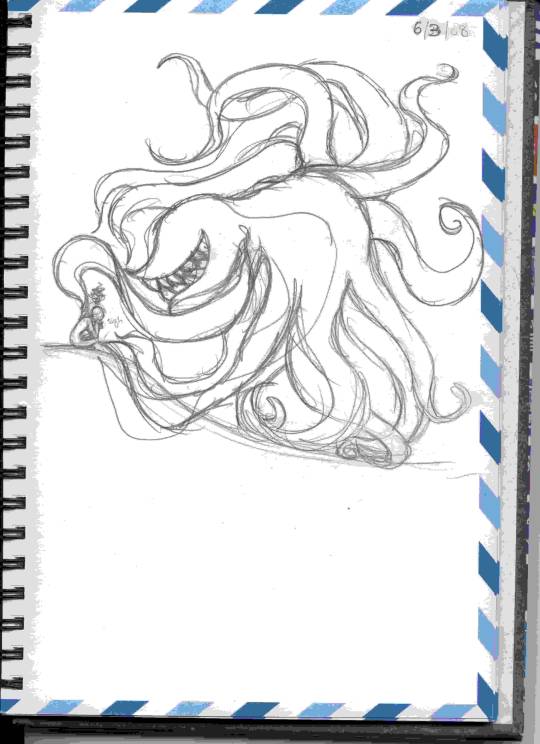
This is archival. You can find my current work @tryskits
7 notes
·
View notes
Text
Oct. 2011: Boston Photos
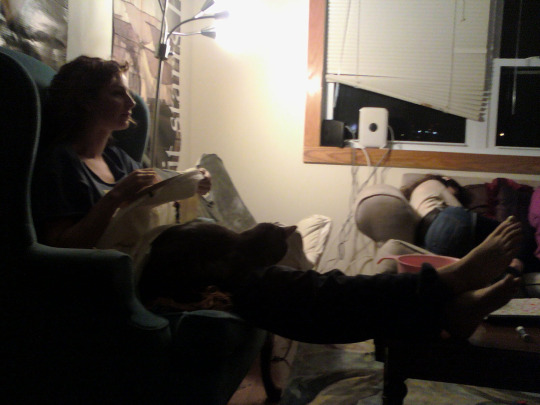


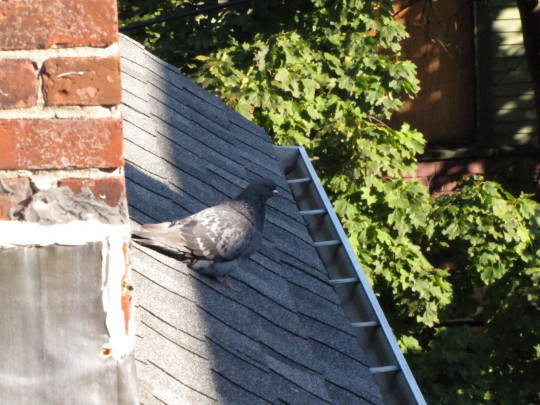
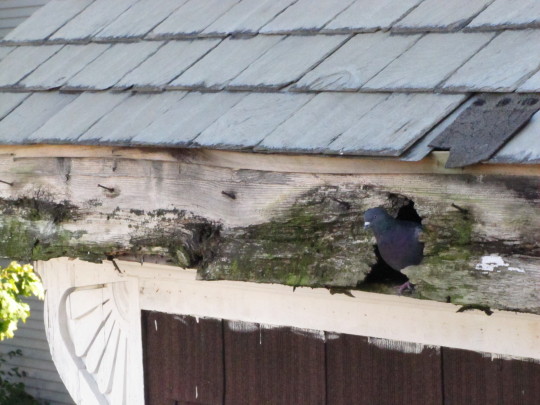






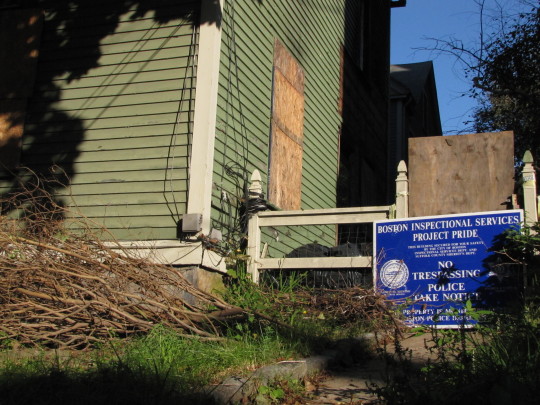
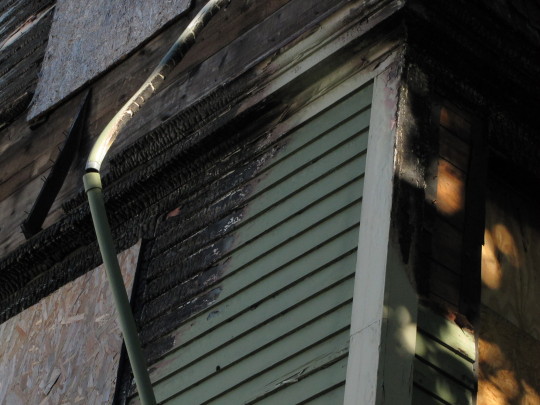

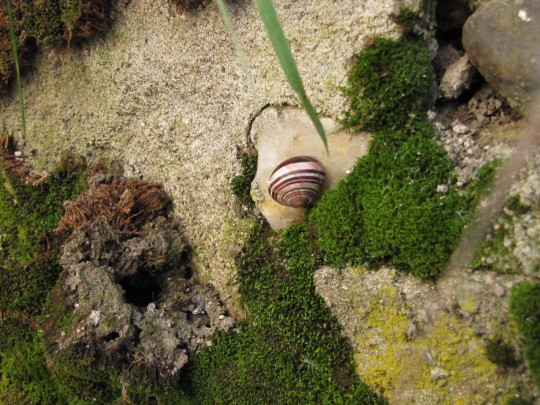


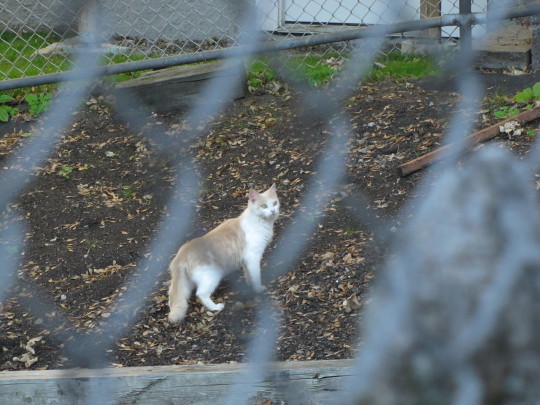

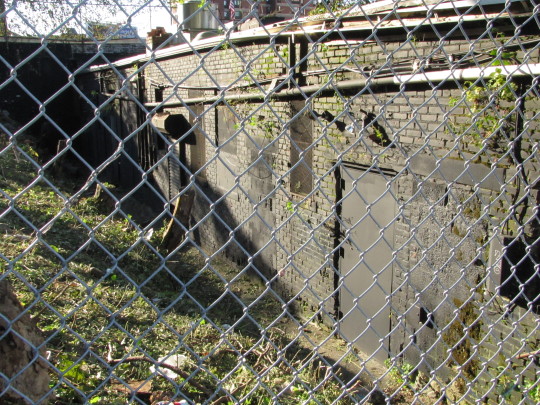

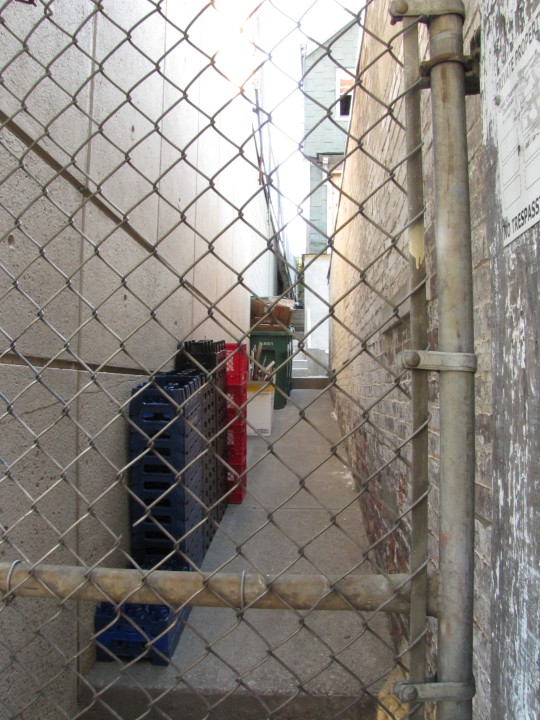
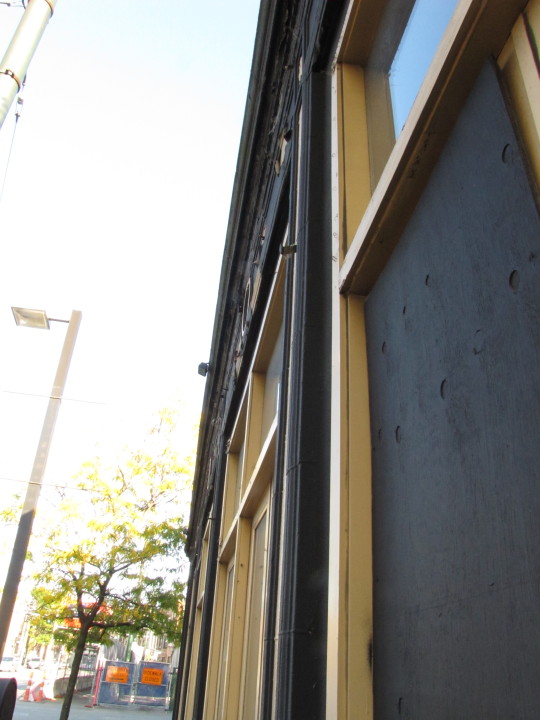






#old art#art archive#photography#10s#2011#Age 20#TrysKits work#candid#daily life#crafting#studio#urban#city#pigeon#cat#snails#macro#bee#bumblebee#dilapidated house#abandoned house#burned down house#construction#chainlink#light beam#rooftops#skyline#Boston#Mission Hill#condemned
6 notes
·
View notes
Text

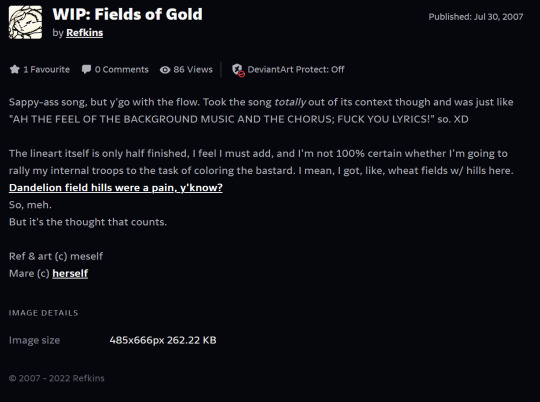
This is archival. You can find my current work @tryskits
#deviantArt archive#art archive#TrysKits work#sketch#oc art#old art#original characters#others' OCs#me#Refs#Maresy#as in his old fursona#anthro#furry#fursona#mild nudity#landscapes#00s#2007#Age 16
16 notes
·
View notes
Text


This is archival. You can find my current work @tryskits
Surprisingly, I found an unfinished WIP of this at the very begining of getting colored.

#deviantArt archive#art archive#TrysKits work#sketch#concepts#development#worldbuilding#oc art#old art#original characters#others' OCs#Khra-nicles#Kriamiss Orientere#Kytheiri Anyelli#who was created by Maresy#furry#anthro#mild nudity#00s#2007#Age 16
10 notes
·
View notes
Text


This is archival. You can find my current work @tryskits
8 notes
·
View notes
Text
August 2011: Vermont Photos, pt.2
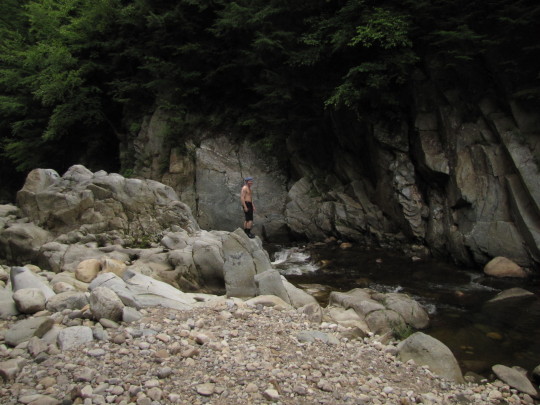

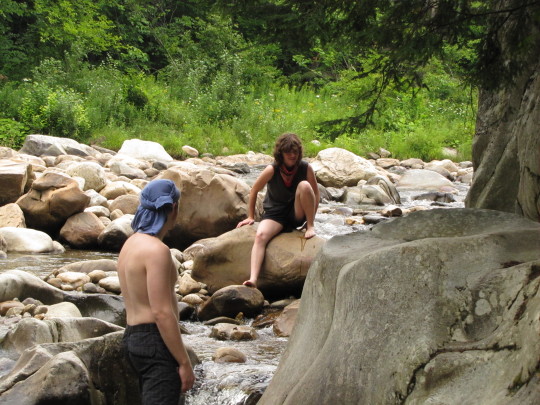

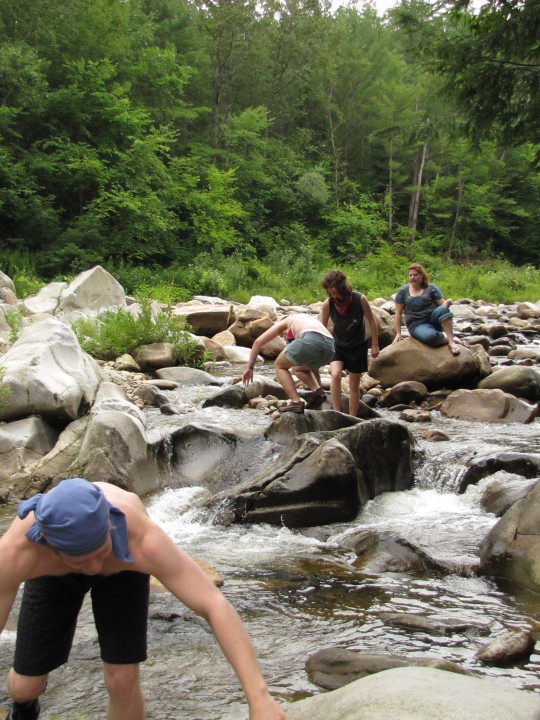



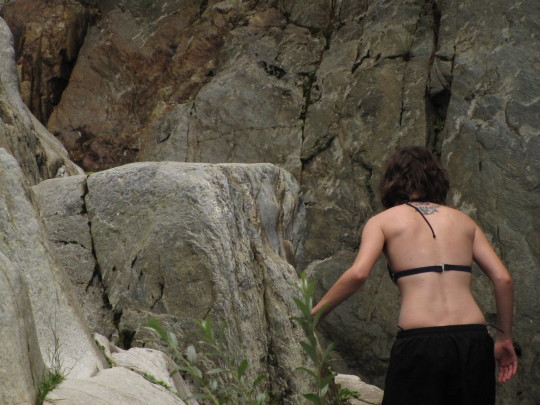


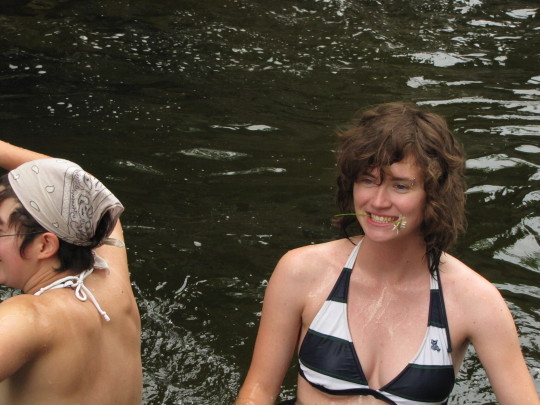




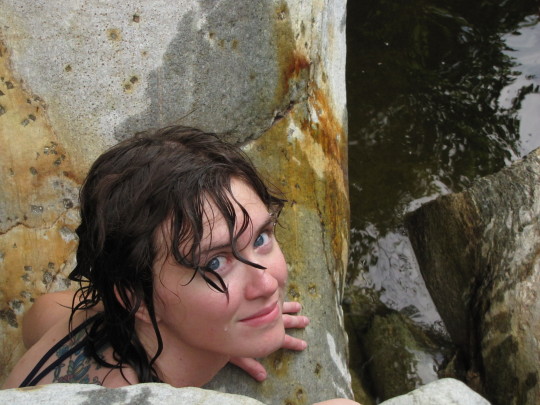

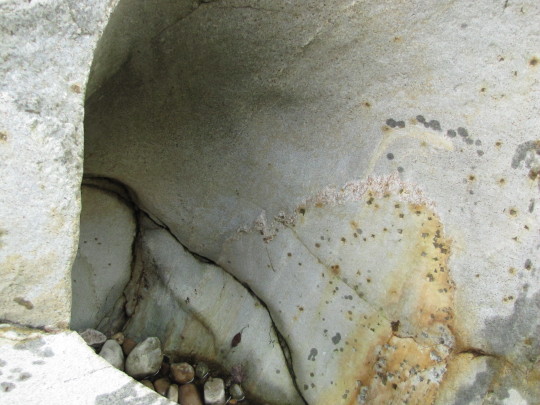
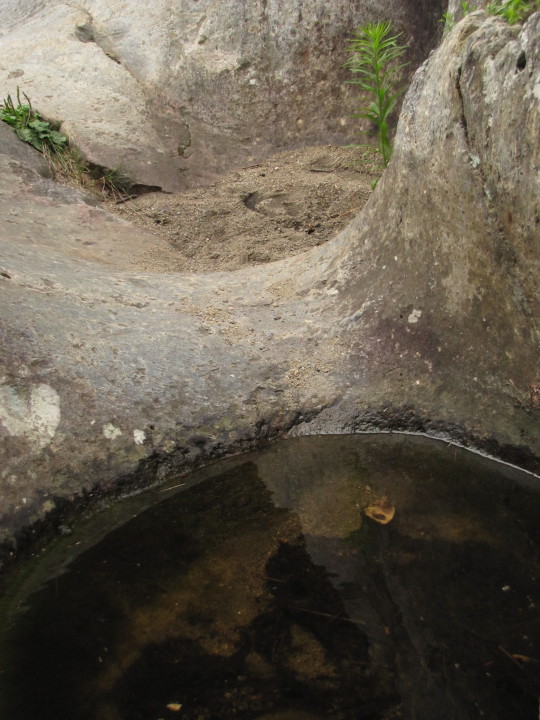
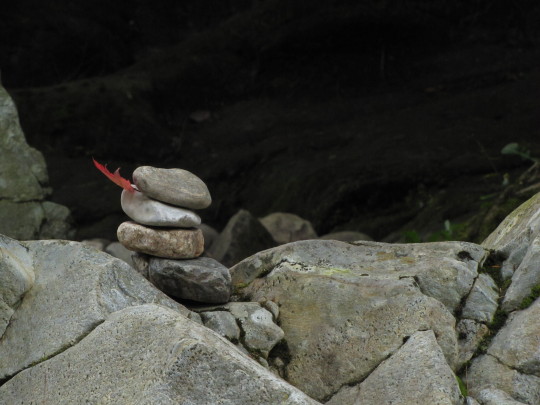









#old art#art archive#Vermont#photography#gorge#river#Appalachian Trail#river rocks#goofs#portraits#landscape#nature#macro#flower#TrysKits work#10s#2011#Age 20#college#summer
4 notes
·
View notes
Text
August 2011: Vermont Photos
I did mention that I've photographed this one gorge approximately five thousand times, right?
This first batch is just the ones that got edited/processed at some point.


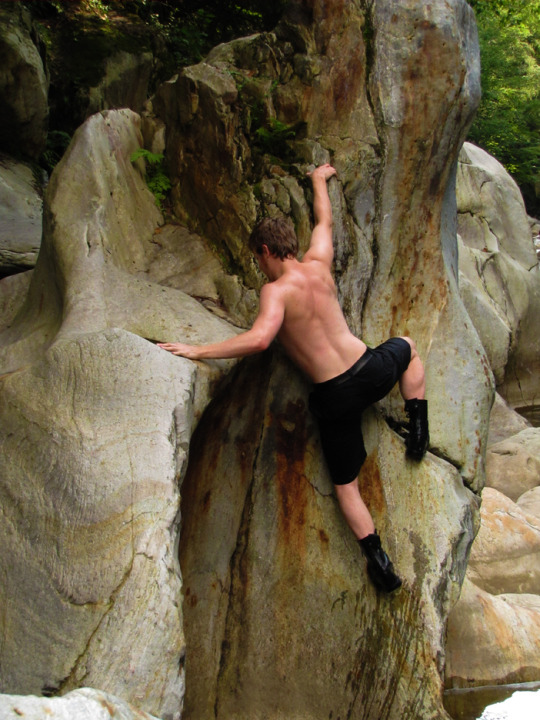




They were good times, man. We're deep in the nostalgia zone for me.
#old art#art archive#photography#Vermont#TrysKits work#10s#2011#Age 20#gorge#river#river rocks#lesbian#lgbt#queer#swimming#climbing
5 notes
·
View notes
Text
(2011) Misfits: Party Misfits
From here I'm not completely sure of the order of photos, so we're just going to go with what makes some kind of sense to me.
At this point, the Misfit idea had largely solidified and I was aiming more directly at trying to create a sense of being out of place in everyday situations--essentially trying to create through photos the omnipresent feeling I had of being lonely regardless of situation or number of people around me.


I basically set my friends up as in a couple different tableaus to make this happen, since no one could see through the cone faces.
Contact sheets below the cut.



Kind of fun seeing the bits of other shots I took unrelated to the shoot to use up film, haha.
#old art#art archive#assignments#photography#Misfits#10s#2011#Age 20#TrysKits work#party#contact sheet#bw photography#analog photography
5 notes
·
View notes
Text
December 2010: Metals Studio Shoot
This set was for one of my college assignments in an analog photography class. I wanted to shoot something with a romantic edge (don't remember the project parameters) and I chose to shoot in the metals studio at a friend's college because it was super interesting aesthetically. (The feather ring the girl in the dress is wearing was made by a friend, also.)

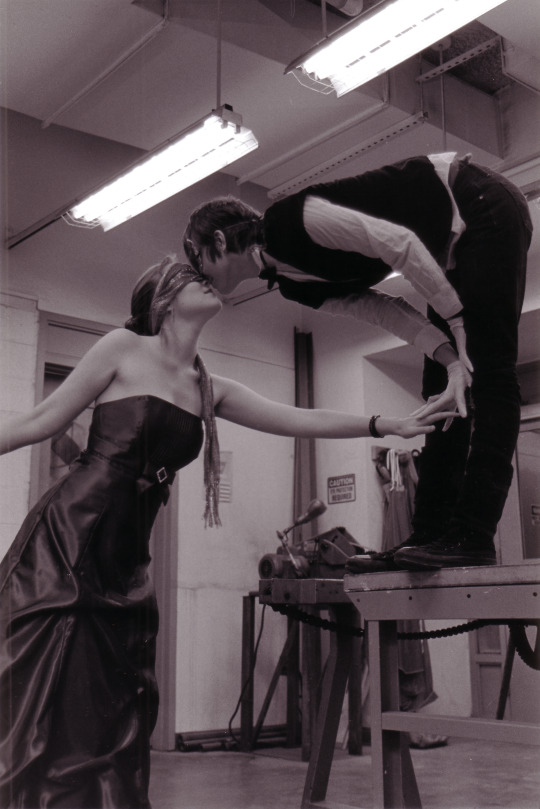
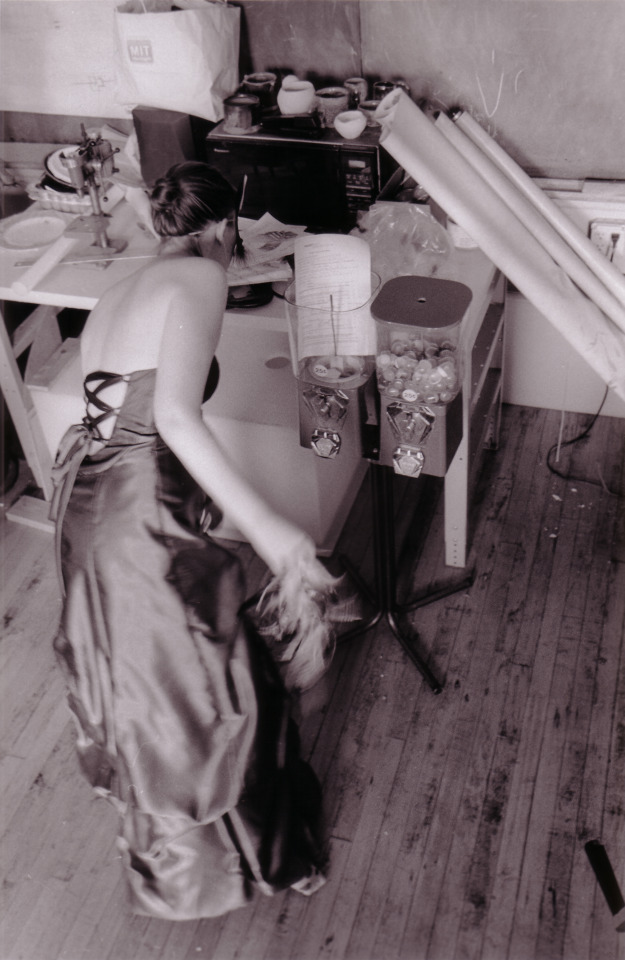



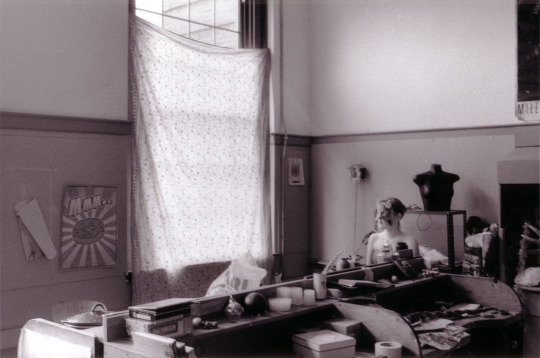


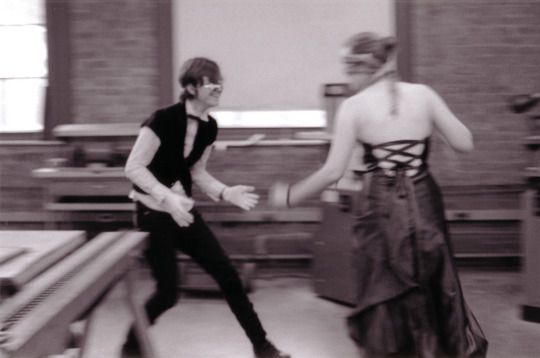
Contact sheets are below the cut.

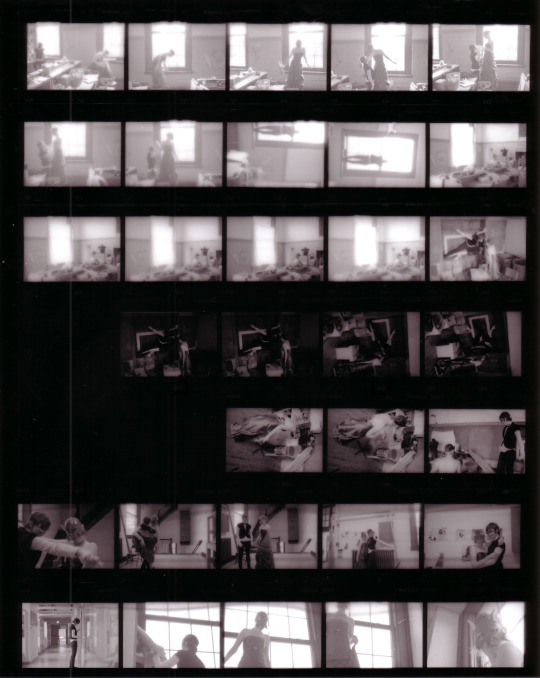
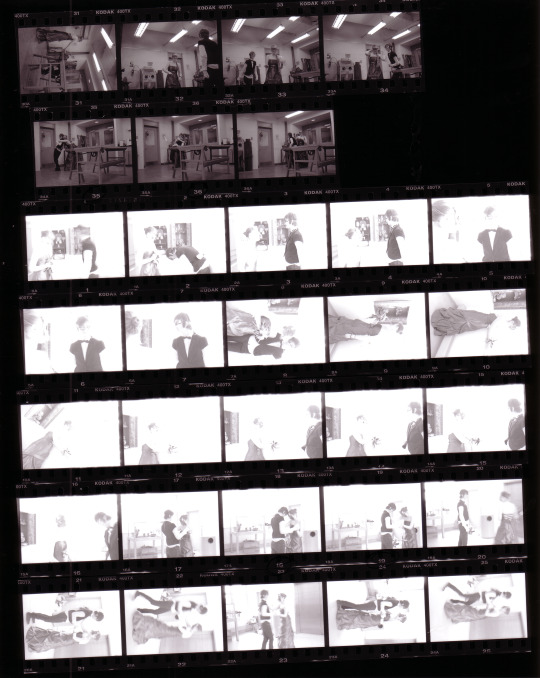


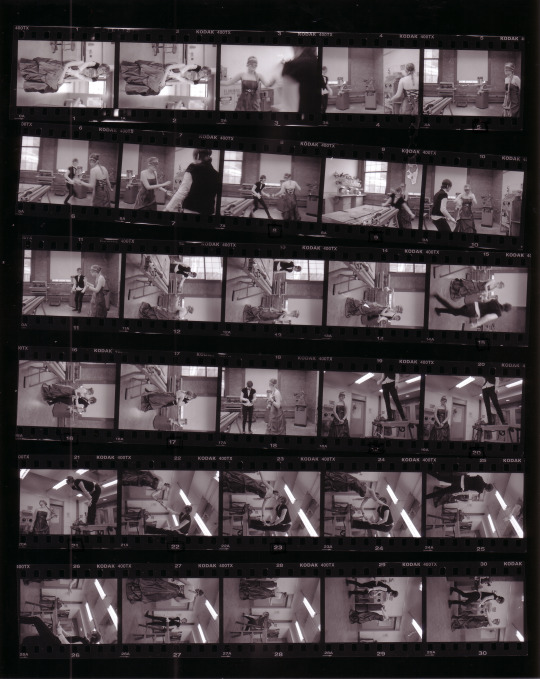

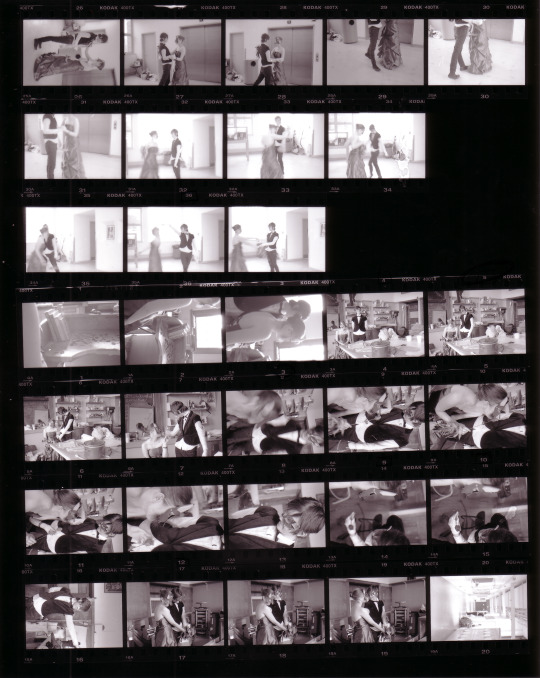
#old art#art archive#photography#contact sheets#romance#couple#lesbian#lgbt#queer#metalsmithing#ball#10s#2010#Age 19#assignments#TrysKits work#bw photography#analog photography
6 notes
·
View notes
Text
The Train Ride
Stepping upon the train, a man can hardly be expected to look behind him and spot the strange fellow wearing a suit and fedora whose very presence seems anomalous to the otherwise unremarkable, drab day despite his being, to the eye, nothing truly extraordinary. Indeed, the student neglected to note this very man, and so he did not notice that the fellow in the fedora followed his every move, taking care to sit two places behind the student once they had boarded the train. It was not until the sensation of being watched began to prick the back of the student’s neck that it occurred to him that, perhaps, something was amiss and, perhaps, he ought to investigate what. But what could possibly be incorrect in such an utterly average day? Though the sky was overcast, the promise of sunshine skulked about the clouds, and the notion of a bright day cheered the student, allowing him to dismiss this hair-on-end sensation.
Even so, the feeling of being watched only increased as the train ride progressed until the student could no longer occupy himself with his pretty notions of the future and was forced, rather, to regard the present somewhat more. “Who on earth is watching me?” he wondered, and he attempted to turn his head somewhat that he might perceive, from the corner of his eye, who it was that regarded him all while without appearing to be looking for whomever it was. Despite his efforts, he was unable to ascertain the location of the culprit. Two men sat behind him, one with a newspaper that could hide his searching eyes and one man whose face was obscured by a hat. The student found the latter to be a chilling presence for no reason he could specify – the man certainly appeared sturdy and strong but he was by no means a giant, imposing figure or a dark mystery full of shadow and menace whose only discernible features were ones suggesting a life of battle and strife. On the contrary, the man appeared to be a simple laborer whose body had been shaped and hardened by his work but who was, for all intents and purposes, an average fellow of no remarkable character.
Despite this, many of the train’s passengers seemed to shy away from the man in the hat as if he were a known criminal. Many of the women on the train glanced at him quickly and looked away, urging their children to view the sights outside the train’s windows rather than peer at the imposing yet less-than-noteworthy figure of the man in the fedora.
The student felt a chill run down his spine and, perturbed, turned his gaze resolutely ahead. A great fear of the man in the fedora welled up in him, though he could hardly name the reason for his dread. Unexpectedly, he recalled something his father had once said when in an especially somber mood. The phrase had been “All men must one day be held accountable for their past actions.”
Disturbed by this sudden remembrance, the student frantically considered all that he had done in recent memory but could discern nothing particularly damning and thus began to feel more at ease. In this way, he forcibly pushed all thoughts of the man in the fedora and his steady gaze from his mind (though, indeed, doubt and fear nibbled at the base of his skull) and focused instead on the view rushing by him outside the window. However, the view confounded him, being somehow different than that which he was accustomed to seeing during his commute to his university. The landscape appeared warped with trees that stood at incorrect angles and fields that undulated like snakes. The water that the train passed appeared to be an ill-gotten, sulfuric color that steamed, and the buildings were oddly skewed as though Salvador Dali had been at them. The student blinked, rubbed his eyes, and stared hard at the sights outside the windows, and, for a moment, they appeared to clarify into something approaching normalcy, but almost as soon as he was reassured that all was as it ought to be, they transformed back into something ungodly. Disconcerted, the student turned from the window and peered about the train car to see if any of the other passengers had noticed the change. He was startled to find that each and every person on the train was utterly calm and composed, almost as if they had met the eye of Medusa.
As he looked about himself, the student’s eyes fell again upon the man in the fedora who, alone of those in the train car, seemed to be awake and aware. Further, the entirety of his attention was focused upon the student who, in meeting the man in the fedora’s eye, blushed and turned away, looking instead at his hands which fidgeted in his lap. It was then that the man in the fedora chose to rise, standing slowly, with no sound. The student’s entire being became focused upon the steady rise of the man in the fedora who proceeded to walk down the aisle between the seats toward where the student sat. Once there, he turned toward the student and, calling him by name, asked him, “Do you have any regrets?” The student stared at him in shock and stuttered, “E-excuse me?” only to hear the man in the fedora repeat himself.
Now that he could see him closer, it was clear that the man in the fedora was, in fact, fairly advanced in age with a work-hardened body and a long, wrinkled, weathered face. Had it not been for the way in which he stared down his nose at the student, one may have been tempted to call him a kindly-looking old gentleman. As it was, the sight of the man’s withered mouth made fear pulse through the student’s veins.
The student said, “I don’t know what you mean, sir.” The man in the fedora again repeated himself but now with an unmistakable menace in his voice. The student merely shook his head, his throat parched, his voice lost. The man in the fedora then told him, “You have sinned greatly, my son, and you must, therefore, repent or be punished. Do not use your idealism as an excuse, as a chance to hide away the facts. Face up to what you have done! Repent now or accept your fate!”
The student’s entire body shook, and he was suddenly wracked by waves of nausea such that he wished only to spill the contents of his stomach upon this unearthly man’s immaculate shoes. He stared at the shine they gave off, seeing himself reflected there, and imagined himself to be little more than a bug. Even as he thought it, he could feel himself shrinking, down, down to the size of a cockroach. The seats became insurmountable plateaus, his own baggage a weight all too capable of crushing him, his clothes a dreadful sheet that smothered and frightened him. Most fearful of all was the man in the fedora who reared up as if a god, booming in a voice like thunder with his index finger aimed at the student who cowered beneath its undeniable intention.
“Will you not repent?” boomed the man in the fedora. “Will you not save your pitiful husk of a soul? You, who have sinned not only in your body but in your mind, in your heart, will you not accept this final offer of goodwill bestowed upon you?” “I do not know what you mean!” the student squeaked. “I do not understand, I cannot find your meaning!” The man in the fedora shook his great, husk of a head. “Then there is no hope for you, who cannot even recognize his own sins. Fly, then, demon spawn, fly to the place of your birth to make good on your sin for eternity. Forget all happiness and abandon all hope, for today is the day that you atone for you misdeeds. Your presence is death to all near you, your continued existence a black mark that draws devils to your loved ones. At this very moment, your beloved father lies dying upon his sick bed while you fly away to your university of ignorance to further your own joy, leaving the man who sired you to his demise. And have you treated your mother, your siblings, your friends any better? No, certainly not. Thus, remove yourself from this paltry scene, and cast thyself away to the fires that await you even now.” And with this, the man in the fedora turned away from the student, pointing to the door at the end of the train car which now slid open with the sound of scraping metal. “Go now,” the man in the fedora said. “Go now to your fate.”
Immediately, the student leapt to his feet and pushed past the man in the fedora, crying “No more! No more! Torment me no more!” Tears in his eyes and bile in his throat, the student ran to the end of the car, passing through the open door which slammed shut behind him and, pausing only to take in the unearthly scenery of the outside world, threw himself from the train, landing upon the rails as a broken heap with the words “I never meant you any harm!” drying on his lips.
#my document titles are so angry and self-deprecating in this time period#writing archive#assignments#it was a creative assignment related to reading Kafka I guess#old writing#TrysKits work#00s#2008#Age 17#oc writing#prose#fiction#horror#i guess??#also “pretty notions of the future” like tell me you don't think you have one louder teen!me#im not sure what the assignment was#possibly to write in Kafka's voice?#i can do a thing where if I read for a bit i can emulate the voice of the writing w/o trying#and it would track for that time period especially if i used that to make homework easy#like i could see this a “choose from X options” and i kept choosing the easy-for-me one#Kafka
5 notes
·
View notes
Text
July 2011: Beach Day Photos

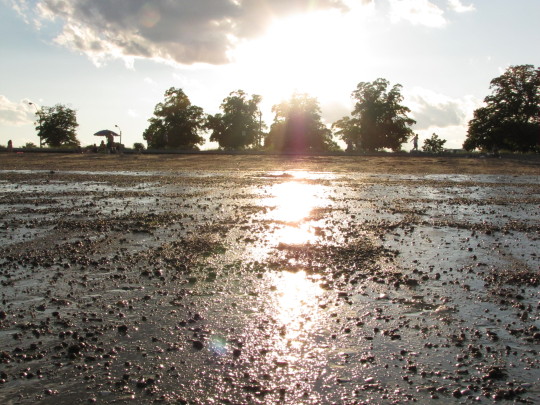

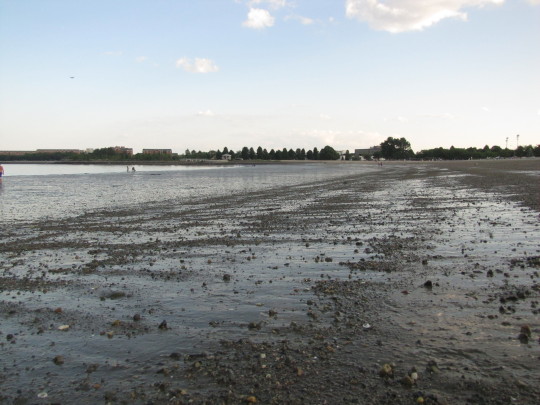




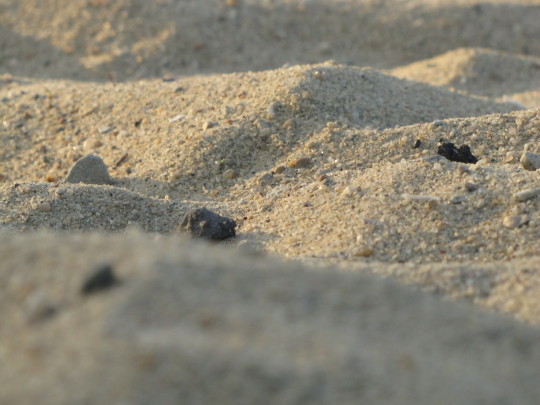
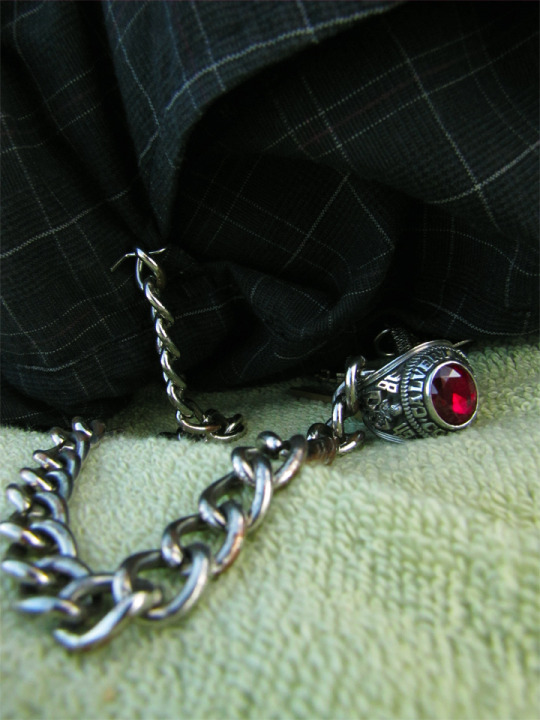
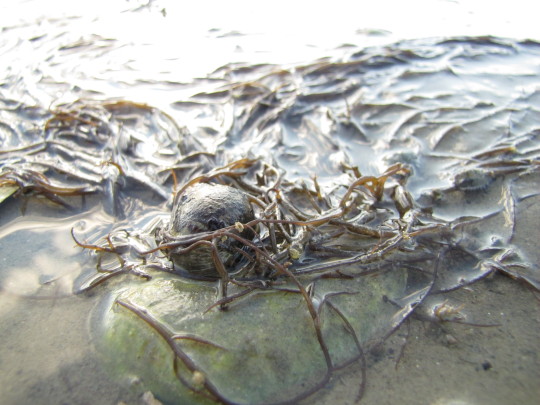
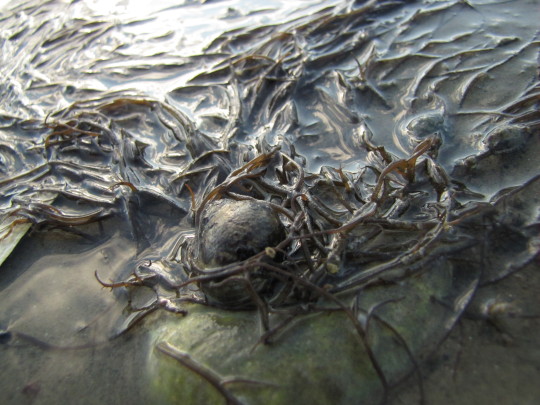






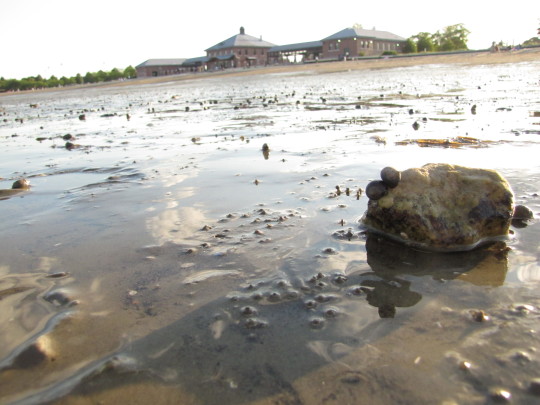

#old art#art archive#photography#beach#Dorchester#Boston#10s#2011#Age 20#TrysKits work#shells#low tide#rocks#sand#sunset#macro#seaweed#water#reflection
4 notes
·
View notes
Text
Poetry Class Final Compilation: "Dungeons and Dragons"
(May 2011; This poem counts by usage of "the.")
When the dice roll across the table,
we consider their numbers gravely.
The numbers they impart dictate the fate
of characters we’ve crafted and considered.
The roll of the dice determined their birth,
their skills and their talents,
but the dice had no role in the development
of personalities and tastes and styles.
The work of creation, the means to determine humanity,
this was our own doing, we who are called players.
The lives of these characters and the decisions in battle,
these moments of action are determined by ourselves –
we are the agents of free will, the determinants of conscience –
but in battle and in moments of happenstance,
the dice, gods of chance, will determine the outcome.
4 notes
·
View notes